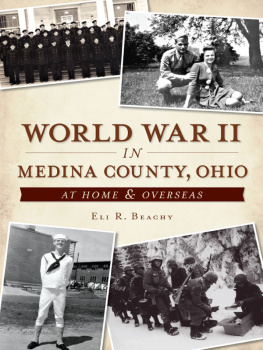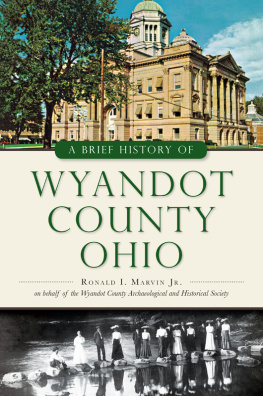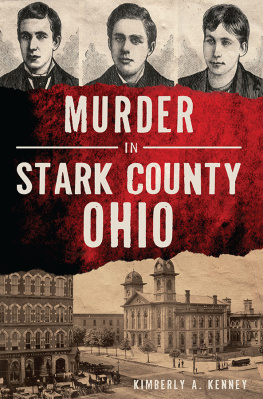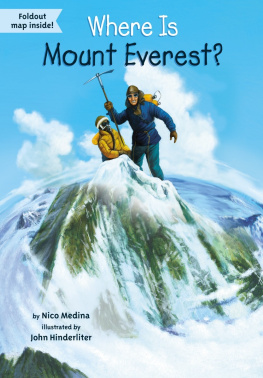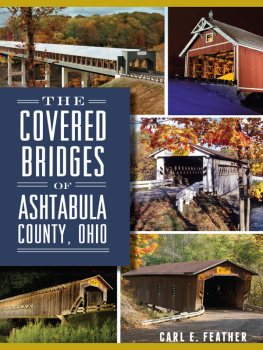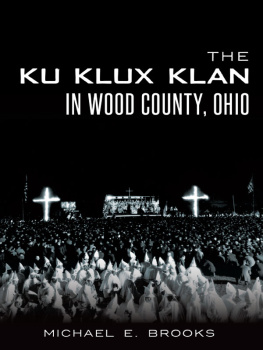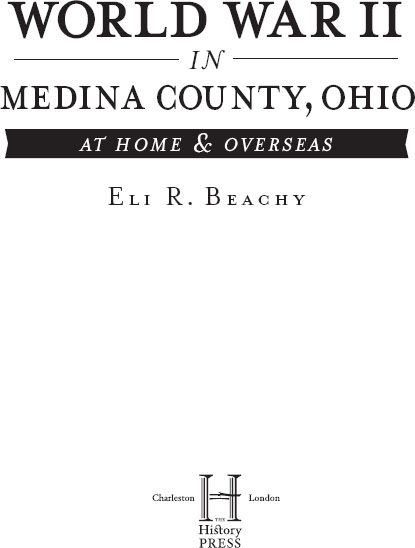
Published by The History Press
Charleston, SC 29403
www.historypress.net
Copyright 2014 by Eli R. Beachy
All rights reserved
First published 2014
e-book edition 2014
ISBN 978.1.62584.783.6
Library of Congress Cataloging-in-Publication Data
Beachy, Eli R., 1950
World War II in Medina County, Ohio : at home & overseas / Eli R. Beachy.
pages cm
Summary: Discover the story of the remarkable people of Medina County, Ohio, and their efforts during World War II--Provided by publisher.
Includes index.
print edition ISBN 978-1-62619-298-0 (paperback)
1. World War, 1939-1945--Ohio--Medina County. 2. World War, 1939-1945--Social aspects--Ohio--Medina County. 3. Medina County (Ohio)--History, Military--20th century. 4. Medina County (Ohio)--History--20th century. 5. Medina County (Ohio)--Social conditions--20th century. I. Title. II. Title: World War 2 in Medina County, Ohio. III. Title: World War Two in Medina County, Ohio.
D769.85.O31M433 2014
940.5377135--dc23
2013050158
Notice: The information in this book is true and complete to the best of our knowledge. It is offered without guarantee on the part of the author or The History Press. The author and The History Press disclaim all liability in connection with the use of this book.
All rights reserved. No part of this book may be reproduced or transmitted in any form whatsoever without prior written permission from the publisher except in the case of brief quotations embodied in critical articles and reviews.
In memory of the greatest mortal man who ever walked the face of the earth. I never did get your whole story, but I did get theirs now.
Thanks, Dad. In the end, we did all right.
CONTENTS
PREFACE
This is a book that began to be formed more than forty years ago. It was a pleasant July morning in the early 1970s. The place was the Lawsonia Links Golf Course of Green Lake, Wisconsin. My father and I had been playing well at a couple over par in our round when we got to the sixteenth tee, catching up with a husband, wife and beautiful daughter who hadnt been having such a good day. Just for somebody to talk to, we all decided to finish out the round together.
As Dad pegged up his ball, our new friend introduced himself as Bud Woods of Wichita Falls, Texas. With that, my dad turned bone white, put a swing on the ball I didnt recognize and knocked his tee shot maybe fifty yards forward. As I walked past him to hit my own shot, Dad said, Find out what that guy does.
An odd request in a round of golf, but I was a good son. I hit my driver well, made conversation with the daughter, who had little interest with me, and then reported back to Dad. This Bud Woods was a big brass with the United States Air Force at the base there in Texas. In an instant, Dads color returned. He shrugged, pulled out a 2 iron, walked over to his ball and hit a screamer 250 yards down the fairway. What I didnt know was that one of those life moments was about to unfold.
I went ahead after everybody hit, not really thinking too much about what I had just seen, at least at the moment. My second shot was going to be pretty easy; a high-fade 4 iron should give me a chance for bird, and I might pick up a shot or two. As I considered the possibilities and began my setup, Dad walked up. Just as I was about to draw back, I managed to ask what that topped shot hed hit was all about.
I worked for a Bud Woods at the end of the war, Dad said with a somewhat indifferent shrug. Only man ever authorized to carry a side arm at all times.
Oh yeah? Why was that?
He was the U.S. Army hangman.
Theyre still looking for my golf ball to this day in the Wisconsin woods. I have no idea where the Titleist 2 with a penciled X under each T might have gonemy mind was somewhat distracted by the revelation that had just been laid on me. I had known that Dad was in the service in World War II and that he had been a combat engineer in Europe, but not much else when it came to facts. Come to find out I didnt know the man I loved with all my heart at all. More importantly, I wasnt going to find out.
Like the overwhelming majority of true combat veterans, Dad rarely spoke of his time in World War II. He would tell a funny story now and then, but he wasnt the guy who won the war. He, like so many others, lived by the adage that You werent there; you wouldnt understand. Instead of reporting, he was going to spend the next forty years giving me snippets.
A word here and a reference there, and I would return to my research texts, trying to put another piece into the giant puzzle that was his military career. I eventually got a lot of it before Dad died ten years ago, but not all. Not even half, to be honest. Just enough to make an interesting read, but that wasnt what he wanted. Not Dad.
The Bronze Star recipient for his action at the Stavelot fuel dump, the construction foreman for the U.S. Army hangman and the guy they called Stinky never wanted it to be about him. It was always about the other guys, guys who he said really did something. Other stories that should be told, whether anybody would ever understand them or not.
So, for more than forty years, I looked, exploring one topic and then another in the mystifying subject we labeled World War II. The books, the maps, the artifacts and the vetseach was a source for one more layer of comprehension. Forty years plus of trying to figure out what to do with it all.
Then I found Medina County, Ohio.
ACKNOWLEDGEMENTS
My B.W., who loves her research. Frank and Marilyn Ehrman, whose kitchen table was the source of inspiration. George Hudnutt, the only publisher who gave me a chance to spread the story. You each will never know how much you meant to make this real. Thank you isnt enough, but I do not know what is.
INTRODUCTION
Its an easy place to miss, this geographic entity called Medina County, Ohio. Within its 450 square miles, there is little to attract the average traveler. The great amusement park is long gone, and there are no fantastic festivals nor any natural wonders. All that is left is what has been a part of Medina County for the last two thousand years: some most amazing people.
The first known inhabitants had towns and commerce well established in this area a thousand years before Columbus sailed for a New World. They were the Hopewell cultures, but today a single mound and a few shattered artifacts are all that remain to mark their existence. The Woodlands tribes that followed left little more, nor did the first Europeans, the French and English trappers. Civilization was coming in each passing year but was not going to be recorded until 1832.
It was that year when the Medina County Gazette first began publication, covering all the local news fit to print and all the editorial comment anybody cared to read. There were calves birthed and picnics out at a lake called Chippewa to be reported, along with what last weeks weather had been. As time went by and subscribers grew, the paper became the mouthpiece for all right-thinking Americans, just as long as they voted the straight Republican ticket.
The Gazette supported Fremont before it knew Abe was the man. There was no finer president than Grant, unless it was Hayes or maybe Garfield. Throughout the nineteenth century, the paper toted the Grand Old Partys banner and trumpeted the returning veterans of that great Civil War. The only national news that needed reporting was that which possibly could affect the locals. It truly was the center of the world, this Medina County, Ohio, at least according to one pressa tradition that continued on long after the horse had been replaced by horsepower and the world went to war once and then again. All the time, it was always about the people we all knew.
Next page
